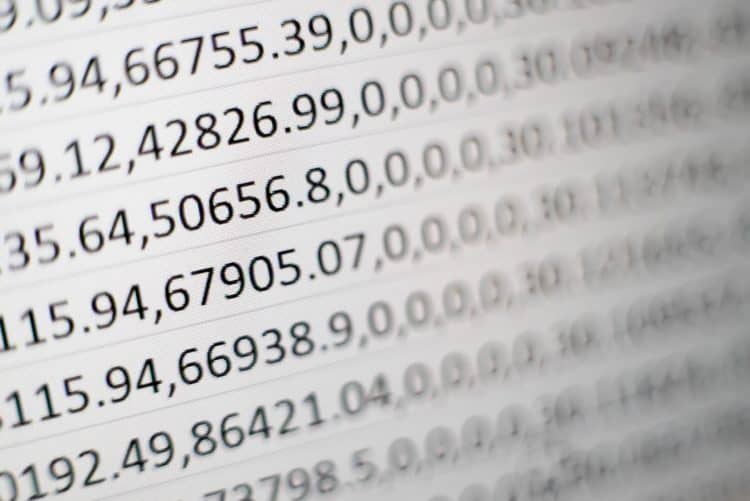The amount of data generated by connected internet of things (IoT) devices, forecast to grow to 41.6 billion by 2025, is expected to generate 79.4 zettabytes (ZB) of data.
Market intelligence and advisory firm International Data Corporation (IDC) said these devices or “things” include machines, sensors and cameras.
“Some of this data is small and bursty, indicating a single metric of a machine's health, while large amounts of data can be generated by video surveillance cameras using computer vision to analyze crowds of people, for example,” said.
For IDC, there is an obvious direct relationship between all the "things" and the data these things create.
"As the market continues to mature, IoT increasingly becomes the fabric enabling the exchange of information from 'things', people, and processes. Data becomes the common denominator – as it is captured, processed, and used from the nearest and farthest edges of the network to create value for industries, governments, and individuals' lives," explained Carrie MacGillivray, group vice president, IoT, 5G and Mobility at IDC, in a news release.
"Understanding the amount of data created from the myriad of connected devices allows organizations and vendors to build solutions that can scale in this accelerating data-driven IoT market."
IDC expects the amount of data created by connected devices to grow at a compound annual growth rate (CAGR) of 28.7% over the 2018-2025 forecast period.
Most of the data is being generated by video surveillance applications, but other categories such as industrial and medical will increasingly generate more data over time, the company said.
David Reinsel, senior vice president, IDC's Global DataSphere, however, said that with every new connection comes a responsibility to navigate and manage new security vulnerabilities and privacy concerns.
“Companies must address these data hazards as they advance new levels of efficiency and customer experience," he stressed.
Where growth is coming from
While the video surveillance category will drive a large share of the IoT data created, the industrial and automotive category will see the fastest data growth rates over the forecast period with a CAGR of 60%, according to IDC.
“This is the result of the increasing number of "things" (other than video surveillance cameras) that are capturing data continuously as well as more advanced sensors capturing more (and richer) metrics or machine functions,” it said.
This rich data includes audio, image, and video. And, where analytics and artificial intelligence are magnifying data creation beyond just the data capture, data per device is growing at a faster pace than data per video surveillance camera.
IDC also expects to see strong adoption of household (e.g., smart home) and wearable devices in the near term.



